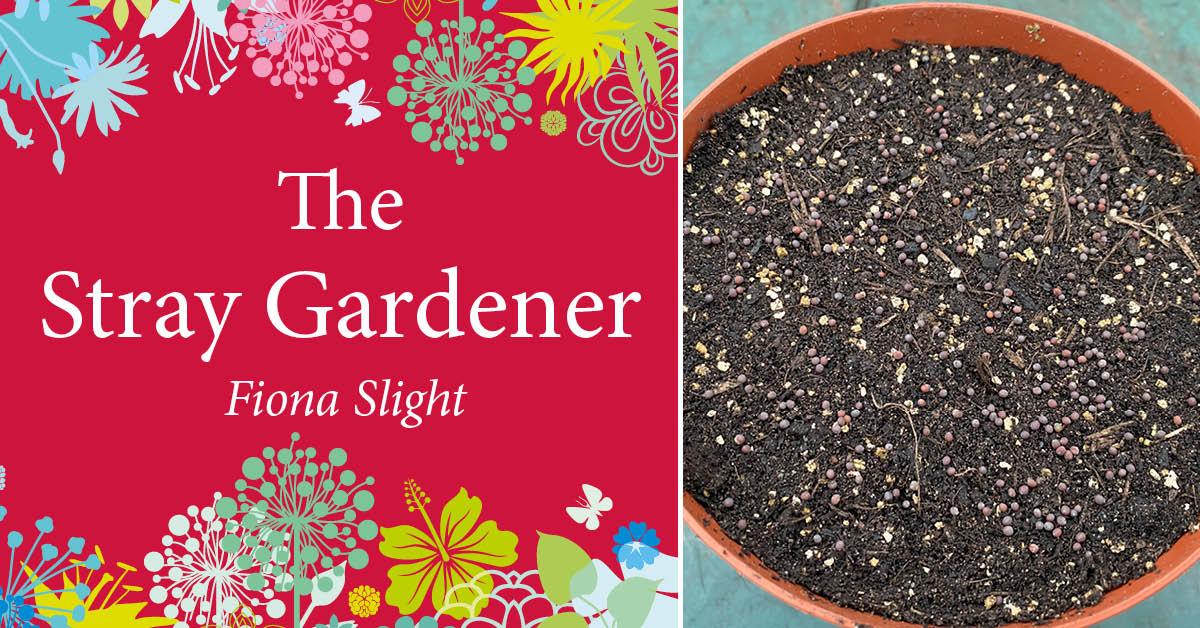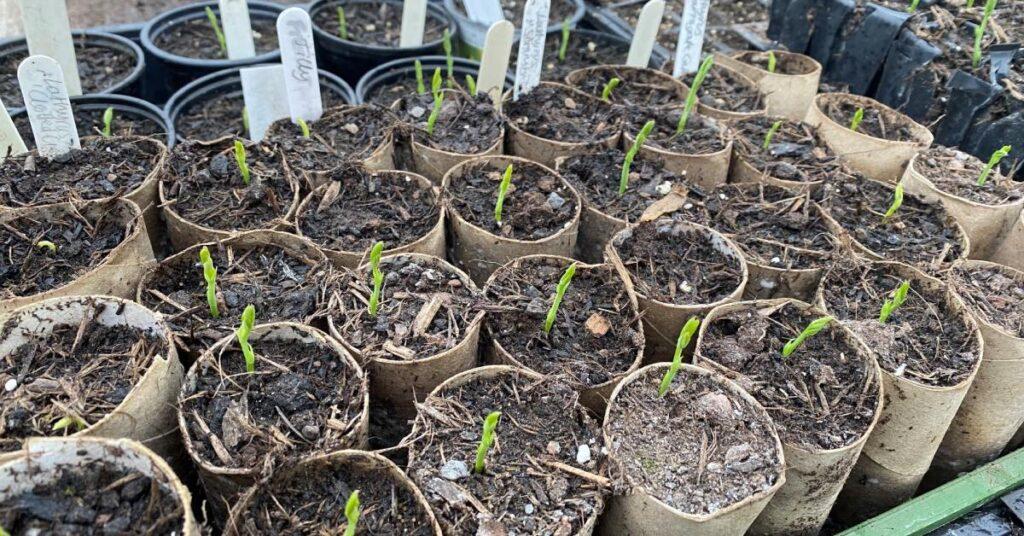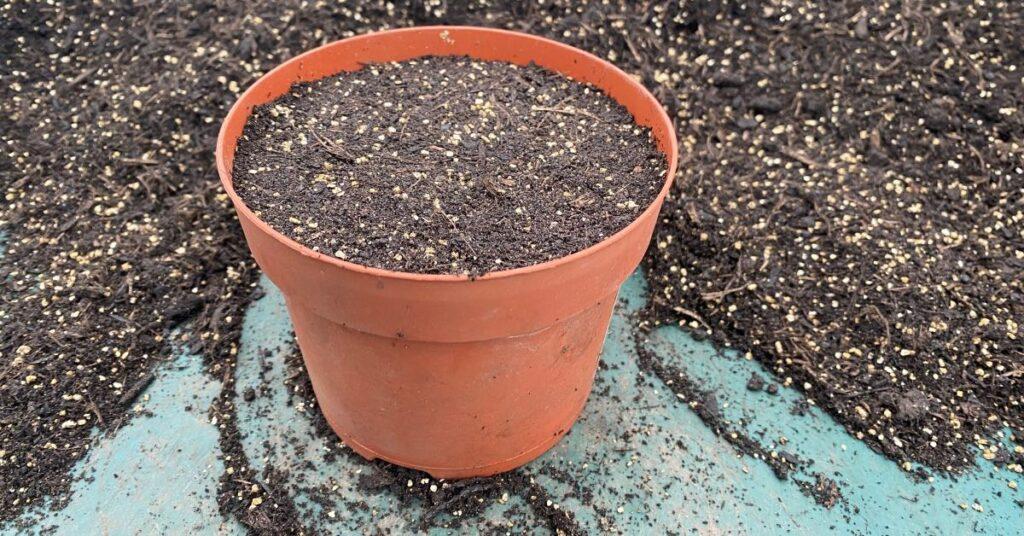Subscribe to trusted local news
In a time of both misinformation and too much information, quality journalism is more crucial than ever. By subscribing, you can help us get the story right.
- Subscription costs less than £1 a week with an annual plan.
Already a subscriber? Log in here.
27
Feb 2022
Stray Gardener: March is the perfect time to start planting seedlings


The Stray Gardener is written by Rudding Park’s Kitchen Gardener, Fiona Slight. Fiona has worked in horticulture for more than 30 years in the UK and abroad, and specialises in growing fruit and vegetables for fine dining. This month, Fiona explains the different ways to sow seed.
March is the time of year when a lot of different types of seed can be sown successfully. There is nothing so rewarding as being able to grow a plant from seed and either enjoy its beautiful blooms throughout the summer or reap the rewards of tasty vegetables home grown by yourself. If you follow a few easy steps and quite often just follow the instructions on the packet, you can have success!
So where do you start? It makes sense to choose seed that you really want to grow. Read the packet instructions closely to ensure you can provide the right conditions that germinating seed will need. Most seed will need good light conditions, the correct temperature (usually given on the seed packet) and moisture. It is more than possible to grow and raise seeds on a windowsill. I do it myself every year.

Sweet pea seedlings planted in cardboard tubes.
Seed can be sown in a variety of different containers, for example, sweet pea seeds are best grown in cardboard tubes or root trainers which are tall thin containers to allow the plants a good root run and also minimal root disturbance when planted. Calendula (Pot Marigold) on the other hand, is best grown in a small seed tray or pot to allow them to grow to a size large enough to handle to be pricked out into larger pots. Whichever one you use, ensure it is clean and dry to avoid passing on any pests and diseases to your seedlings.
The next thing to think about is what material you grow your seeds in, the compost you choose is important, depending on the size and type of seed. Generally, shop bought seed compost works very well and is ready sterilised. It is important to ensure the compost is reasonably fine and well-drained. This is especially important for small seed to ensure good contact with the soil for germination.

Firmed down compost
For sowing smaller seed, fill your container with compost, and tap down to remove excess air holes. Smooth the compost off to get a level, flat surface, and then firm down either with another pot or tray with a flat bottom or a specially made wooden tamper. You now have a good surface to scatter your seed onto. Be careful not to sow too thickly as this can cause problems later on. Firm down the seeds to get good contact with the compost, and then, if the seeds requires it, cover with a thin layer of vermiculite, perlite or compost (generally until you can’t see the seed anymore). After that, I prefer to soak the seed from underneath in a tray of water as there is less chance of displacing the seeds and it ensures the compost is fully moist.
For larger seed, such as peas or beans, you can sow them individually or in pairs. Lay the seed on top of each cardboard tube or section of the root trainer and once all the seeds are placed, you can then push them down into the compost, usually a finger nail deep but it does depend on the size of seed. Then cover over the hole with more compost and water in thoroughly.

A variety of seedlings
Keeping the seed packets for future reference is very useful and helps with going on to the next stage of growing. Don’t forget to label your seeds, and if you have too many, share them with your friends.
Happy sowing!
Fiona's Five Top Tips for March
- Now is the time to cut back any Cornus or Willow grown for their colourful stems
- March is a great time to divide congested clumps of grasses
- Plant onion and shallot sets
- Divide and re-plant bulbs in the green such as snow drops and winter aconites
- Pot on Dahlia tubers and place in the greenhouse to start to grow before planting out in May
0